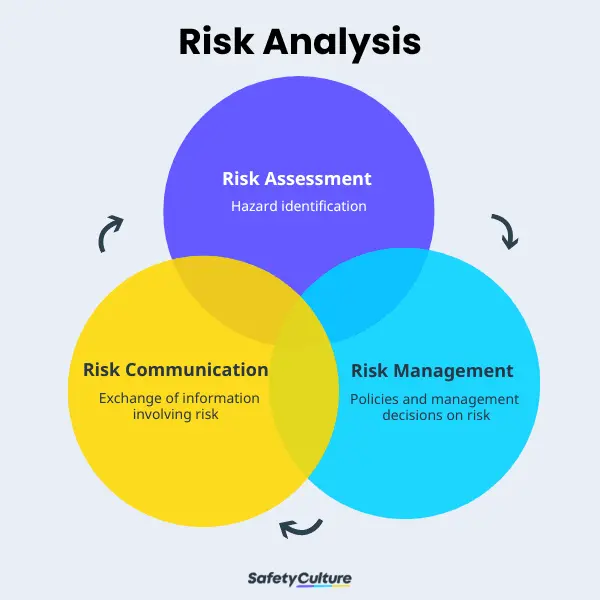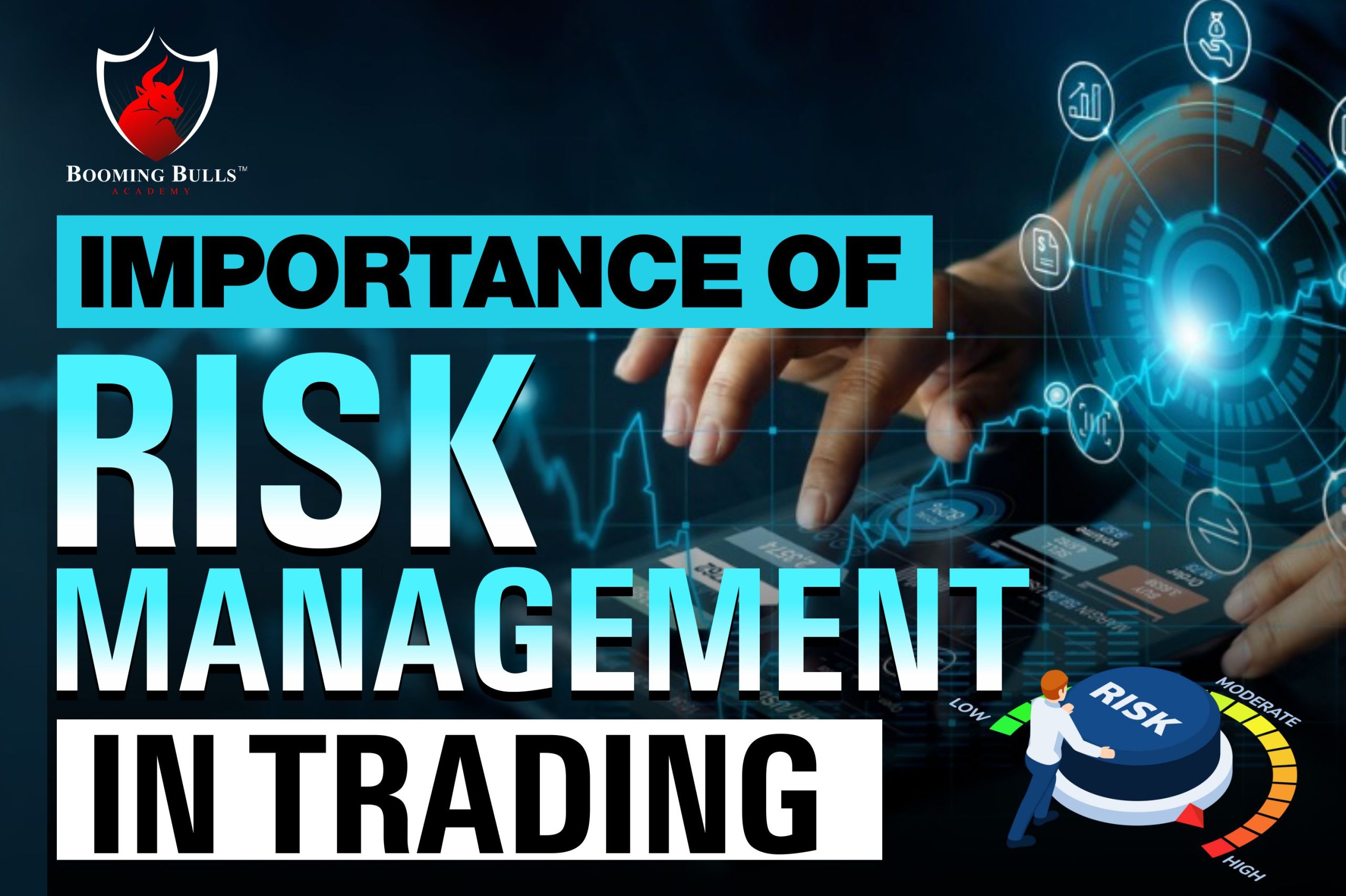The Function and Importance of Risk Management in Ensuring Corporate Continuity
The Function and Importance of Risk Management in Ensuring Corporate Continuity
Blog Article
The Crucial Relevance of Risk Management in Achieving Business Objectives
This is where Risk Management steps in, giving a structured technique to recognizing, evaluating, and mitigating possible obstructions to proceed. As we explore the important duty of Risk Management in achieving organizational goals, one can not ask yourself but aid: exactly how does this translate into real-world success?
Understanding the Concept of Risk Management in Business

The Essential Duty of Risk Management in Strategic Planning
Integrating Risk Management right into critical planning acts as a safeguard for companies, securing their lasting strategies with a solid structure of readiness and resilience. Risk Management uses a structure for preparing for unpredictabilities and devising suitable reactions, making sure the organization's survival and success even in the face of adversity. By including Risk Management right into critical planning, companies can transform these unpredictabilities into opportunities for development and development.

Methods for Identifying, Assessing, and Prioritizing Threats
Navigating the complex landscape of threats needs the application of specific strategies for their prioritization, identification, and analysis. The process starts with Risk recognition, employing devices such as SWOT analysis, which aids in identifying potential hazards and chances. Next off, Risk evaluation is conducted to identify the possible influence and possibility of each Risk. Devices such as Risk matrices and impact-probability graphes are made use of for this. Lastly, dangers are focused on based on their potential impact and probability, permitting companies to focus their resources on high-priority dangers. This Recommended Site systematic technique ensures a detailed understanding of the Risk landscape, making it possible for organizations to make informed decisions and successfully take care of threats to attain their goals - importance of risk management.
Protecting Business Procedures Through Efficient Risk Management
In the service landscape fraught with uncertainties, effective Risk Management plays an essential function in guarding organizational procedures. By determining and evaluating possible dangers, Risk Management enables companies to establish robust backup plans. Companies should invest in thorough Risk Management methods to safeguard their operations.

Transforming Potential Hazards to Opportunities: The Power of Risk Management
An aggressive technique to take the chance of Management entails determining, examining, and focusing on dangers to create methods that turn them into potential benefits. Thus, by leveraging the power of Risk Management, companies can not only protect their operations however additionally stimulate development and achieve their objectives in an unpredictable organization Web Site atmosphere.
Instance Studies: Success Stories of Risk Management Driving Organization Objectives
Effective implementation of Risk Management approaches has actually generated impressive cause numerous organizations, emphasizing the benefits of this technique. International firms like Microsoft and Google, as an example, have leveraged Risk Management to lessen risks and exploit opportunities, driving their company goals ahead. Microsoft's aggressive Risk Management approach helped it pivot swiftly throughout the 2020 pandemic, transitioning to remote job smoothly, thereby maintaining productivity. Google, by examining and minimizing potential threats in its cloud-based solutions, has actually ensured continuous solution, therefore strengthening client count on. These instances highlight exactly how effective Risk Management can not only steer services clear of possible mistakes but likewise guide them in the direction of More Help their calculated objectives. Therefore, Risk Management is indispensable to the quest of organizational objectives.
Final thought
Finally, Risk Management is essentially critical in accomplishing organizational goals. It offers an organized technique to identifying, examining, and dealing with possible threats and chances. Greater than simply mitigating risks, it also cultivates technology, durability, and sustainable growth. By including Risk Management right into tactical preparation, services can better navigate unpredictabilities, safeguard procedures, and capitalise on opportunities, consequently aligning with long-lasting purposes.
At its core, Risk Management is the procedure of recognizing, examining, and resolving prospective dangers that could negatively influence a company's purposes or procedures. Next, Risk analysis is performed to determine the prospective impact and chance of each Risk. Risks are focused on based on their prospective impact and probability, permitting organizations to concentrate their sources on high-priority threats. By determining and examining potential hazards, Risk Management allows organizations to develop durable contingency strategies. A positive approach to run the risk of Management entails determining, analyzing, and prioritizing risks to design techniques that transform them into potential advantages.
Report this page